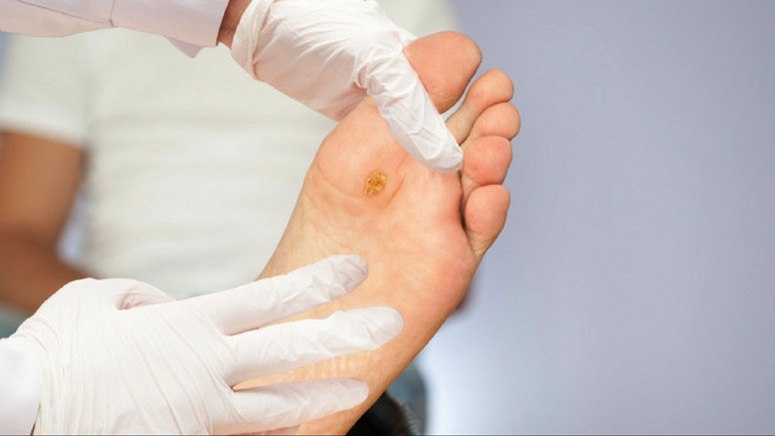Instances When You Need to Cauterize a Wound

Cauterization is an effective treatment method, but it is usually not the first line of treatment for a wound, it is recommended for more specific situations. Instances that require cauterization include:
Infected tissue
Cauterization helps remove diseased tissue, which is an effective way to stop the spread of Infection-causing bacteria from the tissue around the wound to other parts of the body. It is used to remove diseased tissue.
Experience excess blood loss
Cauterization becomes an option when you are bleeding excessively. The procedure helps control blood loss in certain situations such as:
- Chronic nosebleed
- Surgery or teeth removal
- After an injury
Cauterizing a wound helps stop loss by burning the blood vessels that are bleeding. The fire seals the blood vessels, which stops the flow of blood.
If you need to remove a lesion or tumor
Your doctor may need to cauterize your wound to remove abnormal skin growth, like tumors [1], warts (such as genital warts) and skin tags. This procedure involves completely burning and removing the skin. This might take some time depending on the size of the tumor or lesion. It should be done gently and might require several rounds of cauterization.
To manage eye disease
Cauterization can help retain the punctal plugs. The punctal plugs are small devices that are inserted into your tear duct to help retain moisture on the eye’s surface. This is used to treat chronic dry eye. To ensure the punctal plugs [2] stay in the tear duct and do not fall off, your doctor might need to perform cauterization in your eye. This procedure is referred to as punctal cauterization.













